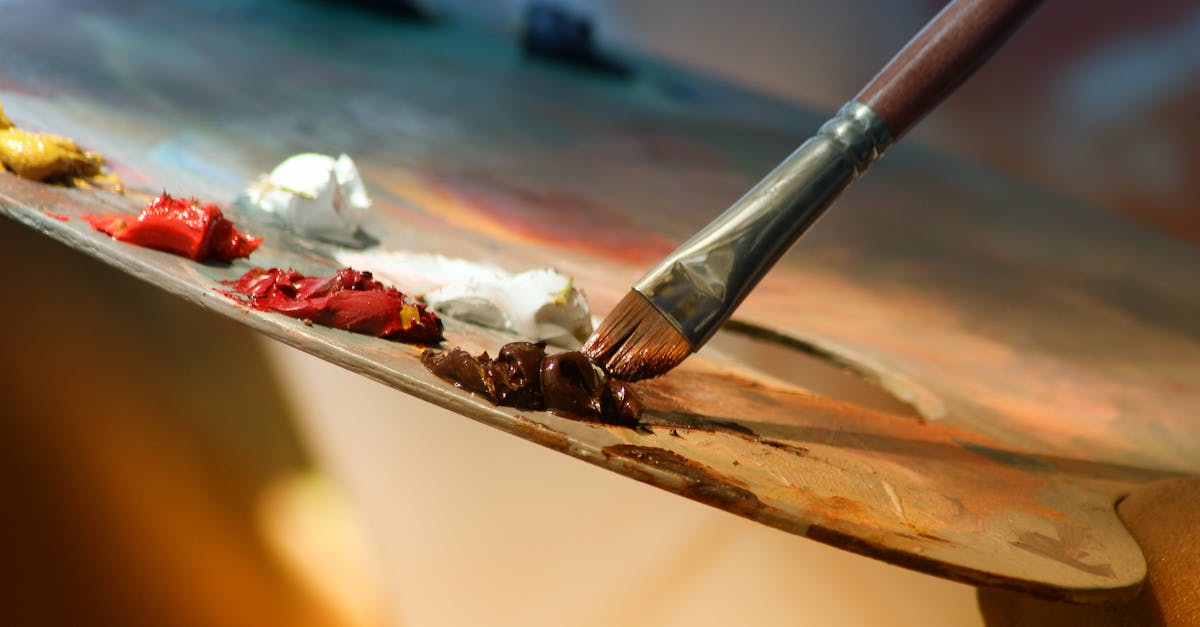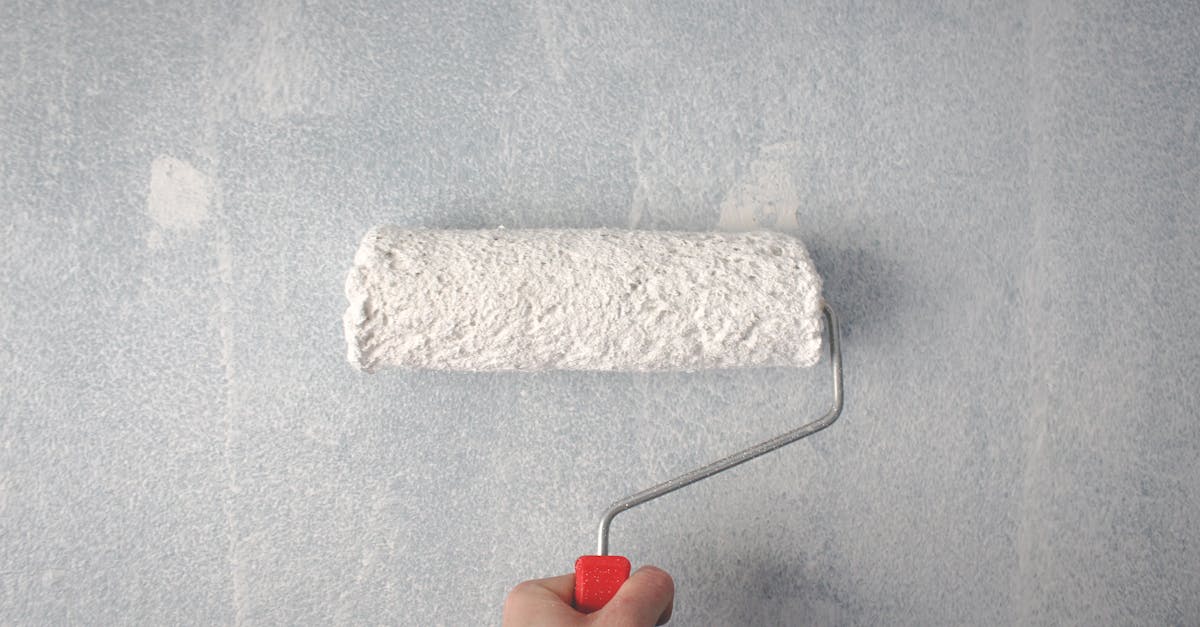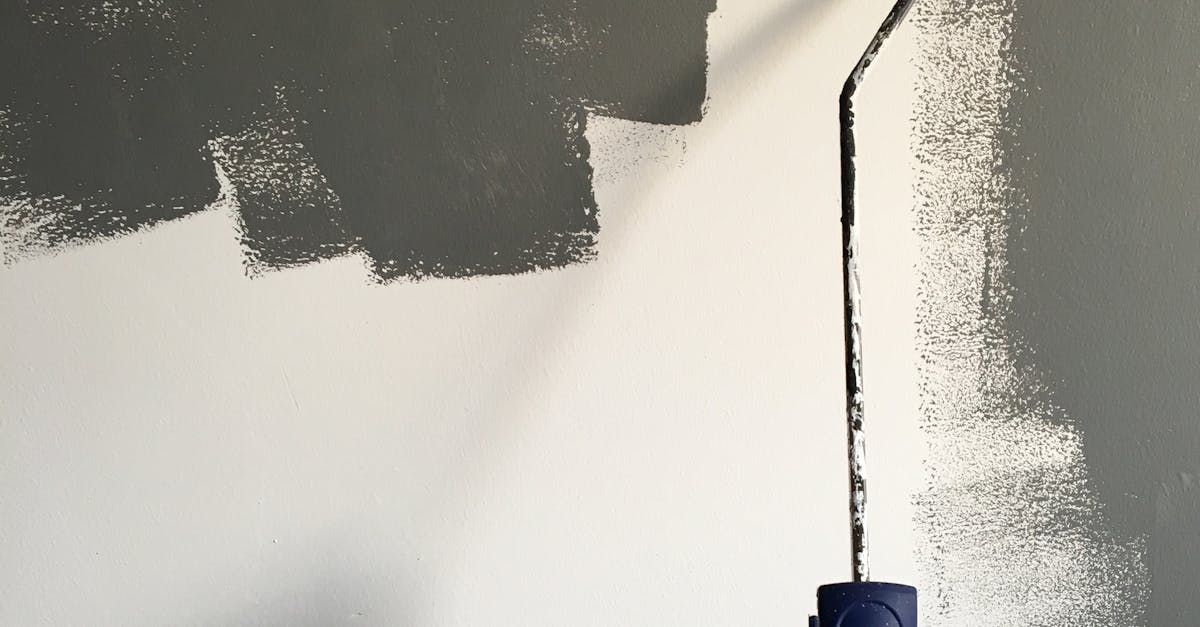
Repairing Water Damage
Repairing water damage in drywall can be a challenging task, but with the right approach and tools, it is possible to restore the affected area. Drywall Repair Slough, Berkshire, emphasises the importance of addressing water damage promptly to prevent further issues such as mould growth and structural damage. To begin the repair process, assess the extent of the damage by checking for any signs of water stains, bulging or crumbling drywall, or a musty smell.
Once you have identified the areas requiring repair, start by removing any residual water and drying out the affected sections thoroughly. Use a moisture meter to ensure that the moisture levels are within acceptable limits before proceeding with patching the drywall. It is essential to address the underlying cause of the water damage, whether it be a leaky pipe or roof, to prevent future issues and ensure the longevity of the repaired drywall.
Tips for Fixing Drywall Water Damage
One of the most common issues homeowners encounter is water damage to drywall. When faced with this problem, prompt action is crucial to prevent further deterioration. Drywall Repair Berkshire specialists recommend assessing the extent of the damage first. Whether it’s a small patch or a larger area, addressing the issue promptly can save time and money in the long run.
For minor water damage, it is possible to undertake the repairs oneself. Begin by cutting away the damaged sections of the drywall using a utility knife. Ensure the area is dry before applying a suitable patching compound to smoothen the surface. Seek guidance from Drywall Repair Berkshire experts if needed, to guarantee a seamless finish that blends in with the existing wall structure.
Patching Techniques
Drywall patching can be a cost-effective solution for minor damage. When it comes to patching techniques, there are several methods to choose from depending on the severity of the damage and your skill level. In Drywall Repair Slough, Berkshire, one common technique involves applying joint compound over the damaged area, smoothing it out, and then sanding it down to achieve a seamless finish. Another approach is using self-adhesive mesh tape to cover the damaged area before applying the joint compound. This can provide extra reinforcement and durability to the patch.
Different Methods for Drywall Patching
Drywall patching is a common practice to fix holes, cracks, or dents in walls. There are various methods available for repairing damaged drywall, each with its own set of advantages and limitations. One of the most straightforward techniques is using a patching compound to fill in the damaged area. This method is suitable for small holes and minor imperfections, providing a quick and cost-effective solution. For more significant damage, such as large holes, using a drywall patch kit or a self-adhesive mesh tape can offer a more robust repair. These materials provide extra reinforcement to ensure a durable and long-lasting fix.
Drywall Repair Berkshire offers professional services for repairing drywall damage using a range of techniques tailored to the specific needs of each project. Skilled technicians can expertly assess the extent of the damage and recommend the most suitable method for effective repair. Whether it’s a simple patching job or a more complex restoration process, seeking professional assistance can ensure a seamless finish and restore the structural integrity of the wall. By choosing the right method and technique for drywall patching, homeowners can maintain the aesthetic appeal and functionality of their walls for years to come.
Patching vs Replacing Drywall
When faced with damaged drywall, homeowners often wonder whether patching or replacing is the better option. Both approaches have their merits, but the decision ultimately depends on the extent of the damage. Drywall repair Berkshire professionals typically recommend patching for minor issues such as small holes, cracks, or shallow dents. Patching is a cost-effective solution that can restore the appearance of the wall without the need for extensive work.
On the other hand, replacing drywall may be necessary for more significant damage, such as large holes, extensive water damage, or mould growth. While patching can address superficial issues, replacing the drywall entirely ensures a long-term solution and prevents underlying issues from resurfacing. The decision between patching and replacing should be based on a thorough assessment of the damage and consultation with experts in drywall repair Berkshire services.
When to Repair and When to Replace
When faced with damaged drywall, homeowners often wonder whether to repair or replace it. Drywall Repair Slough, Berkshire, experts suggest repairing minor damages such as small holes, cracks, or dents. These cosmetic issues can be easily fixed with patching techniques, saving both time and money. However, if the damage is extensive, such as large holes, severe water damage, or structural issues, it is advisable to replace the damaged drywall entirely. Attempting to repair significant damage may result in a subpar fix that could lead to further problems down the line.
Determining whether to repair or replace drywall depends on the extent of the damage and the expertise required for the task. Homeowners should carefully assess the condition of the drywall and consider consulting professionals if unsure. Drywall Repair Slough, Berkshire, services can provide valuable insights and recommendations based on the specific situation, ensuring that the job is done efficiently and effectively. Remember, it is essential to prioritize the long-term integrity of the walls to maintain the structural stability and aesthetic appeal of your home.
FAQS
Is drywall patching expensive?
The cost of drywall patching can vary depending on the extent of the damage and the method used for repairing it. In general, patching up small holes or cracks can be a cost-effective solution compared to replacing the entire drywall.
How much does it typically cost to patch drywall?
The cost of patching drywall can range from as low as £50 for minor repairs to several hundred pounds for more extensive damage. It is recommended to get quotes from professional contractors to get an accurate estimate for your specific needs.
Can I patch drywall myself to save money?
It is possible to patch drywall yourself as a cost-saving measure, especially for small repairs. However, for more complex issues or extensive damage, it is advisable to hire a professional to ensure the job is done correctly and to prevent further costly repairs down the line.
Are there any tips for keeping drywall patching costs down?
One way to keep drywall patching costs down is to address any damage promptly before it worsens and requires more extensive repairs. Additionally, opting for DIY solutions for minor repairs and comparing quotes from multiple contractors can help in saving money on drywall patching.
When should I consider replacing drywall instead of patching it?
In cases where the drywall damage is extensive, such as large holes or water damage that has compromised the structural integrity, replacing the drywall may be a more cost-effective and long-term solution. It is recommended to consult with a professional to determine the best course of action based on the severity of the damage.




